Mahina ʻŌlelo Hawaiʻi - Honoring Hawaiian Language Month
No language. No history.
No history. No identity.
No identity, No culture.
As we celebrate Black History Month, this is why learning about Black history is important for all communities, because Black history is our history too.
However, February is not only Black History Month. Among an extensive list of commemorations I saw:
What I didn’t see was the inclusion of Hawaiian Language Month or Mahina ʻŌlelo Hawaiʻi among the list of Pepeluali (February) observances (not even among the list of diversity and inclusion celebration lists.)
If it’s not on your list, here’s why it should be:
It’s about pride in, and preservation of, Hawaiian culture and identity.
It supports and reinforces the efforts to save a living language from becoming completely lost.
It’s a celebration of the bold leadership and vision that was, and continues to be, needed to ensure stories are passed on and Hawaiian values transmitted from one generation to the next so the community flourishes.
Mahina ʻŌlelo Hawaiʻi, was first established in 2013 after then Governor Neil Abercrombie signed Act 28 in an effort to uplift and strengthen Hawaiʻi’s native language.
It was on an episode of NPR’s Code Switch Podcast that I first heard about the efforts to revive Hawaiian, a language that was rapidly facing extinction.
“Language is the fiber that binds us to our cultural identity.”
UH Hilo's College of Hawaiian Language, Ka Haka ʻUla O Keʻelikōlani website
According to estimates by Larry Kimura, Associate Professor of Hawaiian language and Hawaiian studies at Ka Haka ʻUla O Keʻelikōlani College of Hawaiian Language, University of Hawaiʻi at Hilo, in the early 1970’s there were about 2,000 native speakers of Hawaiian left. In 2019, he estimated there were a couple dozen remaining.
The decline started when a ban on speaking Hawaiian in Hawaii state schools was imposed in 1896 following the illegal 1893 overthrow of the Hawaiian Kingdom and the subsequent colonization of Hawai’i. Those who continued to defy the ban were beaten for speaking the language.
In 1978, the ban was reversed and the state of Hawaii made Hawaiian one of the state’s official languages. It paved the way for the establishment of Hawaiian language immersion schools in the 1980’s in an effort to reverse the losses and revive the language. The leaders driving this effort included Larry Kimura, who is often described as the “grandfather” of Hawaiian language revitalization. Their goal was ambitious: to create an entirely new generation of Hawaiian language speakers.
A community and an individual’s identities are often shaped and rooted in the stories, histories and narratives that are told. When a language is lost and forgotten, it feels like an unspeakable loss to the world even if we ourselves don’t speak that same language. When a language is revived, nurtured, and restored, our more frequently intersecting cultures, histories and identities become all the more richer and interesting.
Explore more resources about Mahina ʻŌlelo Hawaiʻi
Resources
Curated List of Resources & How to Partner including FREE & Paid online resources https://kanaeokana.net/olelo
FREE web video series https://oiwi.tv/kaleooiwi/
FREE Youtube Playlist series https://www.youtube.com/playlist?list=PLLb3n-QSZVBPvyTPmPWA2BSREbF8V_tv7
FREE Language App https://www.duolingo.com/
FREE Native Hawaiian Language App https://lehulehu.io/
ABout the author
Linda Akutagawa (she/hers) is President and CEO of LEAP (Leadership Education for Asian Pacifics), an organization she has led for the last 10 years. She is committed to developing Asian and Pacific Islanders leaders, and from the classroom to the boardroom, she actively advocates for inclusive pathways for diverse leaders.


